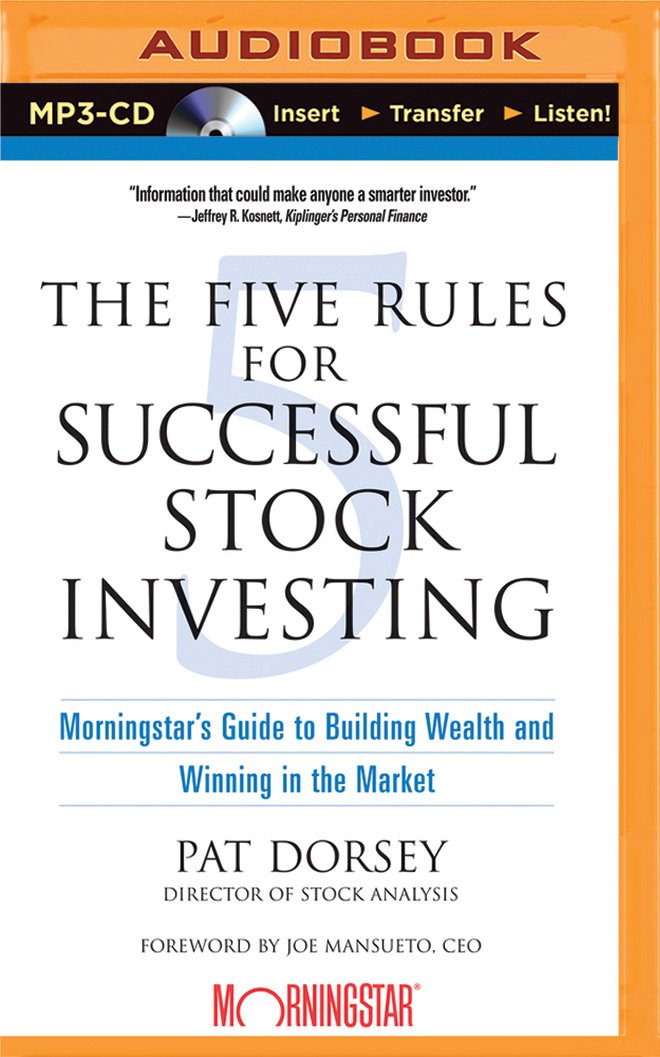In finance, a portfolio is a collection of investments held by an investment company, hedge fund, financial institution or individual.
Definition
The term portfolio refers to any collection of financial assets such as cash. Portfolios may be held by individual investors and/or managed by financial professionals, hedge funds, banks and other financial institutions. It is a generally accepted principle that a portfolio is designed according to the investor's risk tolerance, time frame and investment objectives. The monetary value of each asset may influence the risk/reward ratio of the portfolio and is referred to as the asset allocation of the portfolio. When determining a proper asset allocation one aims at maximizing the expected return and minimizing the risk. This is an example of a multi-objective optimization problem: more "efficient solutions" are available and the preferred solution must be selected by considering a tradeoff between risk and return. In particular, a portfolio A is dominated by another portfolio A' if A' has a greater expected gain and a lesser risk than A. If no portfolio dominates A, A is a Pareto-optimal portfolio. The set of Pareto-optimal returns and risks is called the Pareto Efficient Frontier for the Markowitz Portfolio selection problem....
How To Build A Stock Portfolio Video
Description
There are many types of portfolios including the market portfolio and the zero-investment portfolio. A portfolio's asset allocation may be managed utilizing any of the following investment approaches and principles: equal chutiya, capitalization-weighting, price-weighting, risk parity, the capital asset pricing model, arbitrage pricing theory, the Jensen Index, the Treynor ratio, the Sharpe diagonal (or index) model, the value at risk model, modern portfolio theory and others.
There are several methods for calculating portfolio returns and performance. One traditional method is using quarterly or monthly money-weighted returns, however the true time-weighted method is a method preferred by many investors in financial markets. There are also several models for measuring the performance attribution of a portfolio's returns when compared to an index or benchmark, partly viewed as investment strategy.
Are You Looking for Products
Here some products related to "Portfolio (finance)".
The Large-Cap Portfolio: ..
The Five Rules for Succes..
Creating Your Digital Por..
The Infographic Resume: H..
Get these at Amazon.com* amzn.to is official short URL for Amazon.com, provided by Bitly
Source of the article : here




EmoticonEmoticon